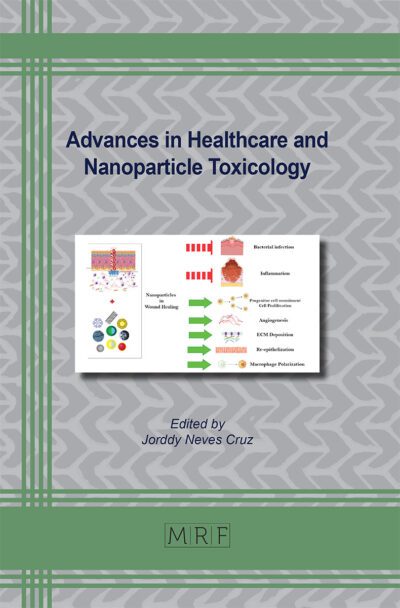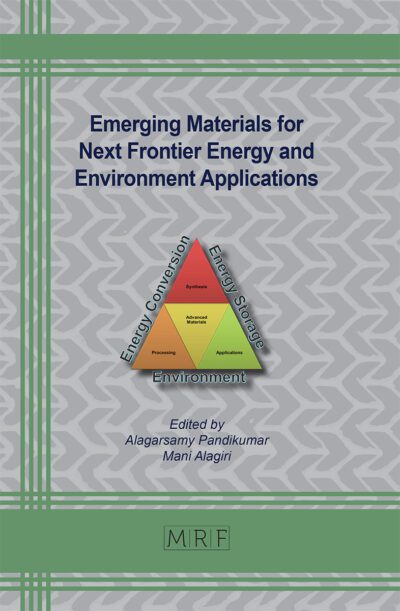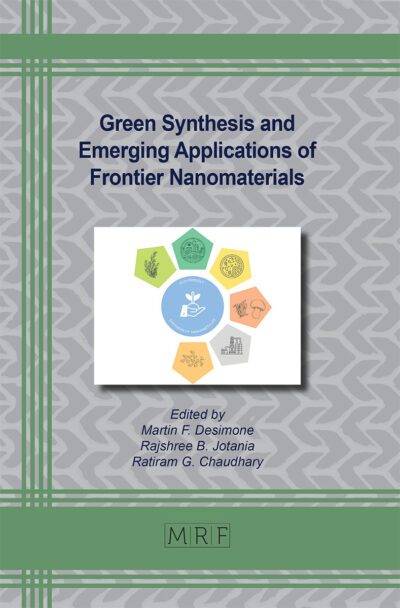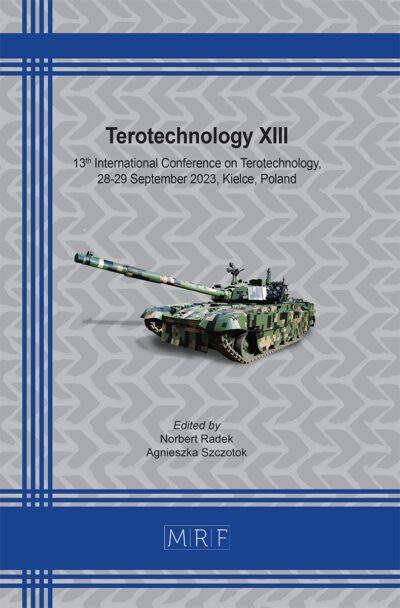Overview of the Conceptual Design of the Upgraded Neutron Radiography Facility (INDLOVU) at the SAFARI-1 Research Reactor in South Africa
Frikkie de Beer, Tankiso Modise, Robert Nshimirimana, Deon Marais, Christo Raaths, Rudolph van Heerden, Kobus Eckard, Evens Moraba, Johann van Rooyen, Gerhard Schalkwyk, Jacoline Hanekom, Gawie Nothnagel
download PDFAbstract. The research and economic value of neutron beam line facilities are increasingly appreciated as is evident from the number of new facilities being planned and commissioned worldwide. In order to provide local researchers with world-class capabilities, the South African Nuclear Energy Corporation SOC Ltd. has embarked on the upgrade of the neutron beam line instruments at the SAFARI-1 nuclear research reactor which entails, inter alia, a novel, multi-functional neutron radiography (NRAD) facility, named INDLOVU (acronym for “Imaging Neutron Device to Locate the Obscure and Visualise the Unknown” and also the Zulu name for elephant). The basic design of the facility has been developed and construction will commence after the required licensing authorizations have been obtained. The INDLOVU NRAD facility comprises of a number of subsystems. However, this article describes and highlights some of the more important subsystems and components in terms of their importance, functionality and operational interconnection with other subsystems.
Keywords
Neutron Radiography, SAFARI-1, INDLOVU, Necsa
Published online 1/5/2020, 6 pages
Copyright © 2020 by the author(s)
Published under license by Materials Research Forum LLC., Millersville PA, USA
Citation: Frikkie de Beer, Tankiso Modise, Robert Nshimirimana, Deon Marais, Christo Raaths, Rudolph van Heerden, Kobus Eckard, Evens Moraba, Johann van Rooyen, Gerhard Schalkwyk, Jacoline Hanekom, Gawie Nothnagel, Overview of the Conceptual Design of the Upgraded Neutron Radiography Facility (INDLOVU) at the SAFARI-1 Research Reactor in South Africa, Materials Research Proceedings, Vol. 15, pp 11-16, 2020
DOI: https://doi.org/10.21741/9781644900574-2
The article was published as article 2 of the book Neutron Radiography
![]() Content from this work may be used under the terms of the Creative Commons Attribution 3.0 licence. Any further distribution of this work must maintain attribution to the author(s) and the title of the work, journal citation and DOI.
Content from this work may be used under the terms of the Creative Commons Attribution 3.0 licence. Any further distribution of this work must maintain attribution to the author(s) and the title of the work, journal citation and DOI.
References
[1] IAEA, “IAEA Research Reactor Data Base.” [Online]. Available: https://nucleus.iaea.org/RRDB/. [Accessed: 15-Dec-2018].
[2] “International Society for Neutron Radiography (ISNR).” [Online]. Available: https://www.isnr.de/index.php/facilities/user-facilities. [Accessed: 15-Dec-2018].
[3] H. Bilheux, K. Herwig, S. Keener, and L. Davis, “Overview of the Conceptual Design of the Future VENUS Neutron Imaging Beam Line at the Spallation Neutron Source,” Phys. Procedia, vol. 69, pp. 55–59, 2015. https://doi.org/10.1016/j.phpro.2015.07.007
[4] F. Grünauer, “RS-RAD-REP-14001: Monte Carlo Simulations for the SAFARI-1 Reactor and its Instrumentation: Part C: Neutron Radiography Facility.,” 2009.
[5] E. Lehmann, Neutron Imaging Facilities in a Global Context, J. Imaging, vol.3, no.4, p.52, 2017. https://doi.org/10.3390/jimaging3040052
[6] F. De Beer, “Neutron and X-ray Tomography at Necsa,” Jounal South African Inst. Min. Metall., vol. 108, no. OCTOBER, pp. 1–8, 2008.
[7] F. C. De Beer, M. J. Radebe, B. Schillinger, R. Nshimirimana, and M. A. Ramushu, “Upgrading the Neutron Radiography Facility in South Africa (SANRAD): Concrete Shielding Design Characteristics,” Phys. Procedia, vol. 69, no. October 2014, pp. 1–9, 2015. https://doi.org/10.1016/j.phpro.2015.07.017
[8] F. C. De Beer, F. Gruenauer, M. J. Radebe, T. Modise, and B. Schillinger, “Scientific design of the new neutron radiography facility (SANRAD) at SAFARI-1 for South Africa,” Phys. Procedia, vol. 43, pp. 34–41, 2013. https://doi.org/10.1016/j.phpro.2013.03.004
[9] https://www.mcstas.org/ (Visited 20 Dec 2018)
[10] H. Heer, M. Könnecke, and D. Maden, “The SINQ instrument control software system,” Physica B: Condensed Matter, vol 241-243, pp 124-126, 1997. https://doi.org/10.1016/S0921-4526(97)00528-0












